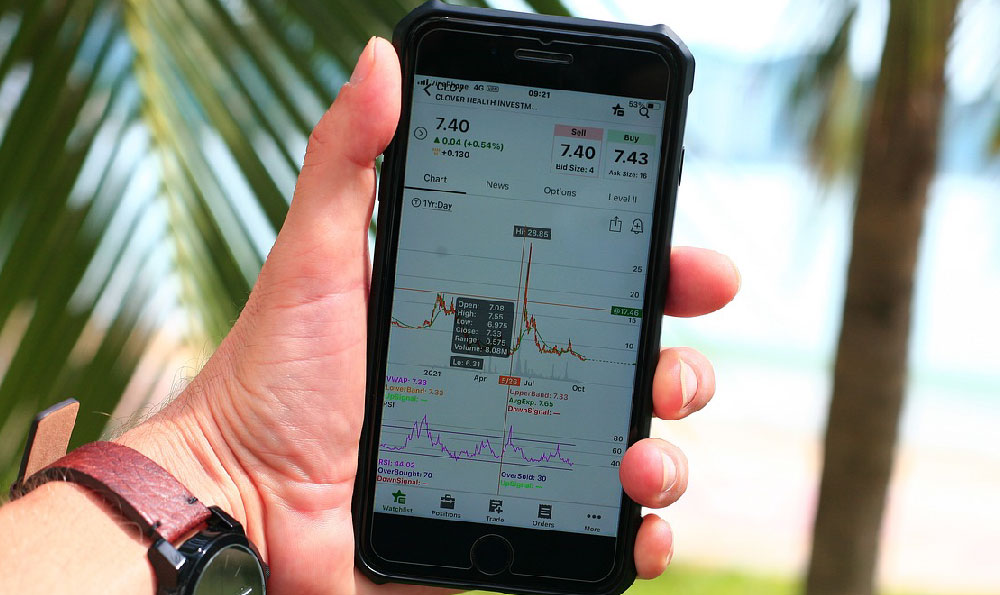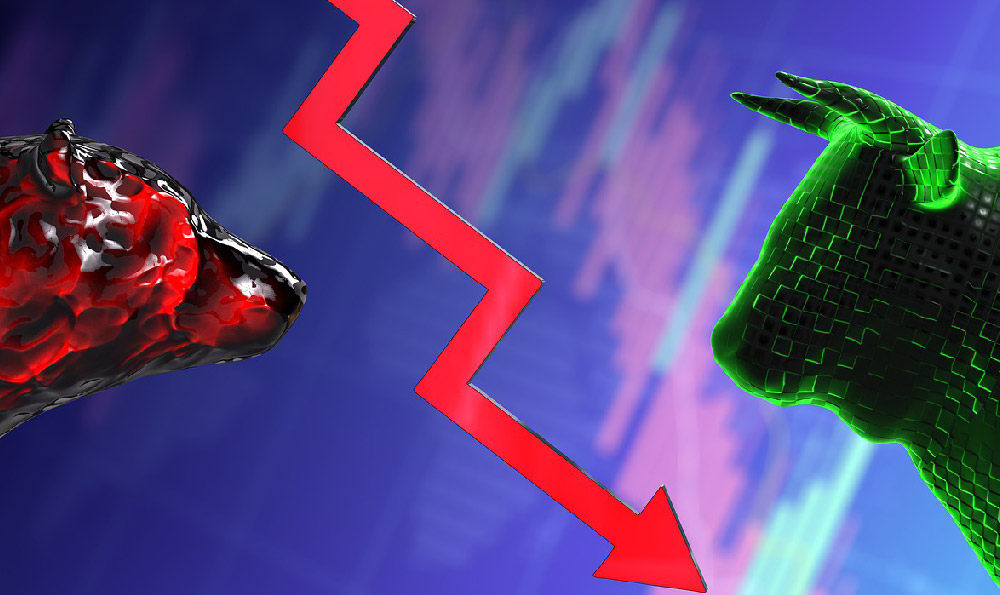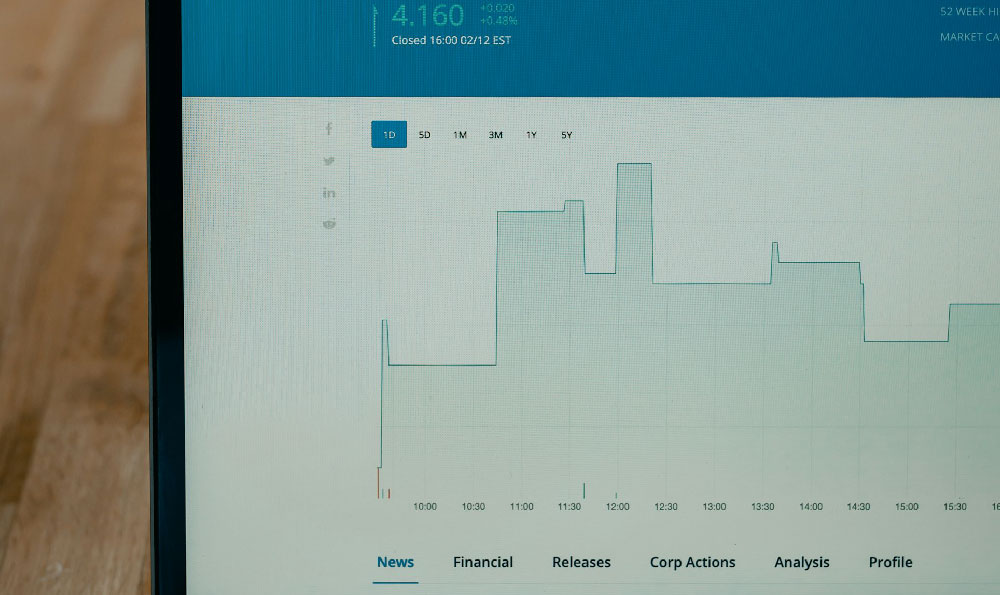Monetizing your YouTube videos is a key goal for many content creators. It's a way to turn your passion and effort into a sustainable income stream. However, navigating the world of YouTube monetization can feel like traversing a complex landscape. Let's delve into the most effective methods, exploring the nuances and strategies that can help you maximize your earnings.
The cornerstone of YouTube monetization is the YouTube Partner Program (YPP). Joining the YPP allows you to run ads on your videos. To be eligible, you need to meet specific criteria: having at least 1,000 subscribers and 4,000 valid watch hours in the past 12 months. This threshold is in place to ensure that channels are legitimate and actively producing content. Once accepted, you can link your YouTube channel to an AdSense account, which is how you'll receive payments.
Ad revenue depends on several factors, most notably CPM (cost per mille, or cost per 1,000 views) and RPM (revenue per mille). CPM reflects how much advertisers pay for their ads to appear on your videos, while RPM is the actual revenue you receive after YouTube takes its cut (typically 45%). CPM and RPM fluctuate based on factors like audience demographics, video topic, ad formats, and the time of year. Channels focused on business and finance generally have higher CPMs than those focusing on gaming or entertainment, simply because advertisers in those sectors are willing to pay more to reach a targeted audience.

Beyond standard ad revenue, YouTube offers several other monetization features for eligible channels. Channel Memberships allow viewers to pay a recurring fee to access exclusive content, such as badges, emojis, behind-the-scenes videos, or early access to new videos. Super Chat and Super Stickers let viewers pay to have their messages highlighted during live streams. Merchandise Shelf allows you to showcase and sell your own merchandise directly on your YouTube channel. YouTube Premium revenue splits a portion of Premium subscription fees among creators based on watch time. These supplemental monetization options can significantly diversify your income streams.
However, relying solely on YouTube's internal monetization options might not be enough to build a substantial and reliable income. Exploring external avenues is crucial. Affiliate marketing is a popular and potent strategy. This involves promoting products or services within your videos and including affiliate links in your video descriptions. When viewers click on these links and make a purchase, you earn a commission. Choosing products or services that are relevant to your channel's content and audience is paramount. Authenticity and transparency are also key; clearly disclose that you're using affiliate links to maintain trust with your viewers.
Sponsorships and brand deals represent another lucrative opportunity. As your channel grows and gains influence, brands might approach you to promote their products or services in your videos. The key here is to carefully vet potential sponsors and ensure that their products or services align with your channel's values and your audience's interests. Authenticity is again crucial; promoting products that you genuinely believe in will resonate with your viewers and maintain your credibility. Clearly disclose sponsored content to adhere to advertising guidelines and maintain transparency.
Creating and selling your own digital products is yet another effective strategy. If you possess specialized knowledge or skills, you can create online courses, ebooks, templates, or other digital assets and sell them to your audience. This approach allows you to leverage your expertise and generate income directly from your audience. Promoting your digital products within your videos and on your website or social media channels is essential.
Building a strong community around your channel is fundamental to all monetization strategies. Engage with your viewers in the comments section, respond to their questions, and solicit their feedback. Run contests and giveaways to incentivize engagement and build excitement. Creating a sense of community will foster loyalty and encourage viewers to support your channel through various monetization methods.
In the context of financial management and investment, consider integrating financial literacy into your content, and explore partnerships that could be beneficial for both you and your audience. For example, discussing strategies for managing YouTube earnings or investing in digital assets can add value to your content.
Platforms like KeepBit are revolutionizing how creators and viewers interact with the digital asset space. While direct integration might not be immediately apparent within the core YouTube monetization features, the underlying principles of community engagement, content creation, and value exchange align perfectly.
Let's consider an example of how KeepBit could indirectly enhance your YouTube monetization strategy. Imagine you're a finance vlogger providing tutorials on investment strategies. While YouTube's advertising system drives revenue from views, you could introduce KeepBit as a secure and user-friendly platform for digital asset trading. By highlighting KeepBit's key features – its global reach across 175 countries, commitment to compliance with international operating licenses and MSB financial permits, robust security measures with 100% user fund safety guarantees, and a team from leading financial institutions such as Morgan Stanley and Goldman Sachs – you position it as a credible option for your viewers interested in diversifying their investment portfolios.
This indirect promotion, subtly integrated within your educational content, can drive traffic to KeepBit (https://keepbit.xyz) through an affiliate link in your video description. When your viewers sign up and start trading, you earn commission. This approach provides tangible value to your viewers by introducing them to a potentially beneficial platform while also creating an additional revenue stream for yourself.
Compared to other cryptocurrency exchanges, KeepBit stands out due to its rigorous commitment to security and compliance. While some exchanges may prioritize rapid growth at the expense of regulatory oversight, KeepBit prioritizes user safety and operational transparency. This focus on security, coupled with a high-caliber team, can instill confidence in your viewers, making them more likely to consider the platform for their digital asset needs.
Ultimately, successful YouTube monetization requires a multifaceted approach. It's about combining YouTube's built-in monetization features with external strategies like affiliate marketing, sponsorships, and the creation of your own products. And of course, you have to build a strong community, to engage with your audience, and consistently deliver high-quality content. By staying adaptable, keeping your audience engaged, and exploring innovative monetization opportunities, you can transform your YouTube channel into a sustainable source of income. Remember to always prioritize authenticity and transparency, building trust with your viewers is essential for long-term success.












